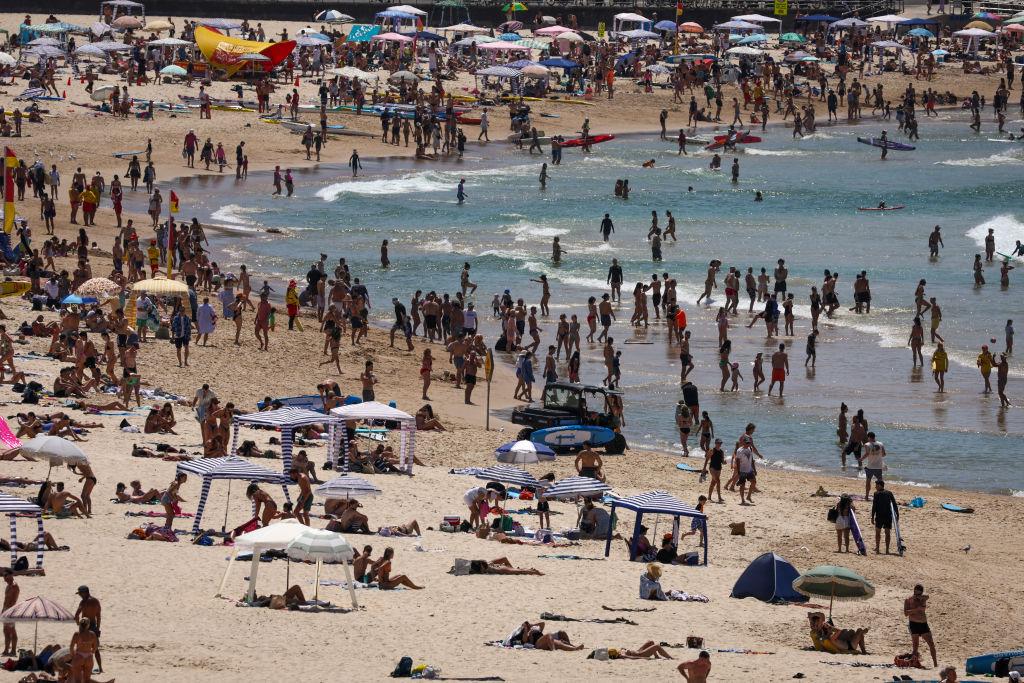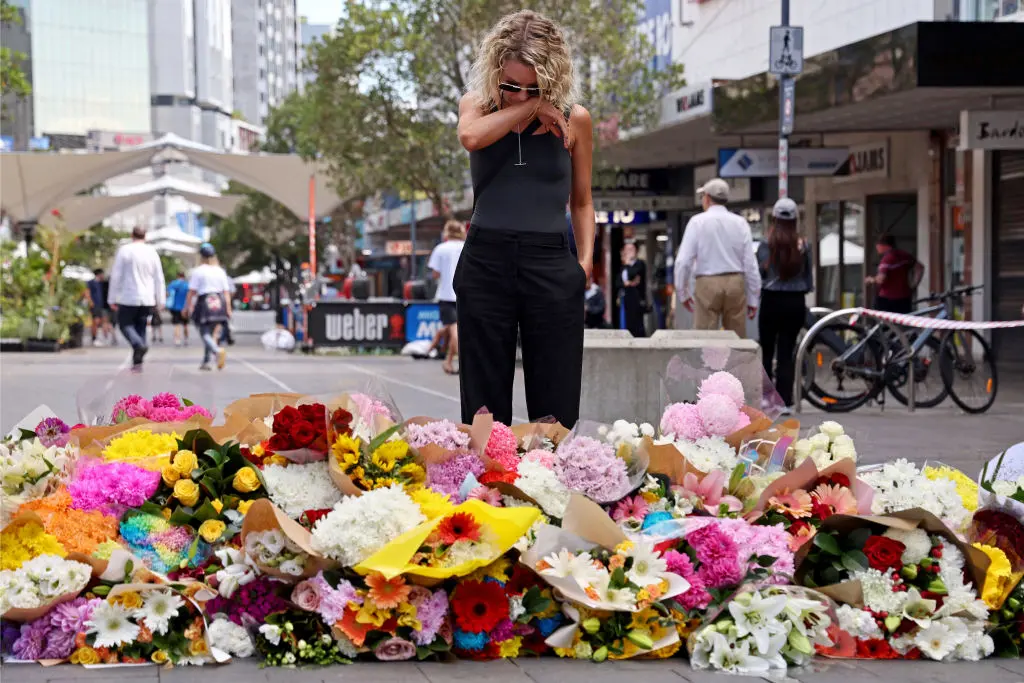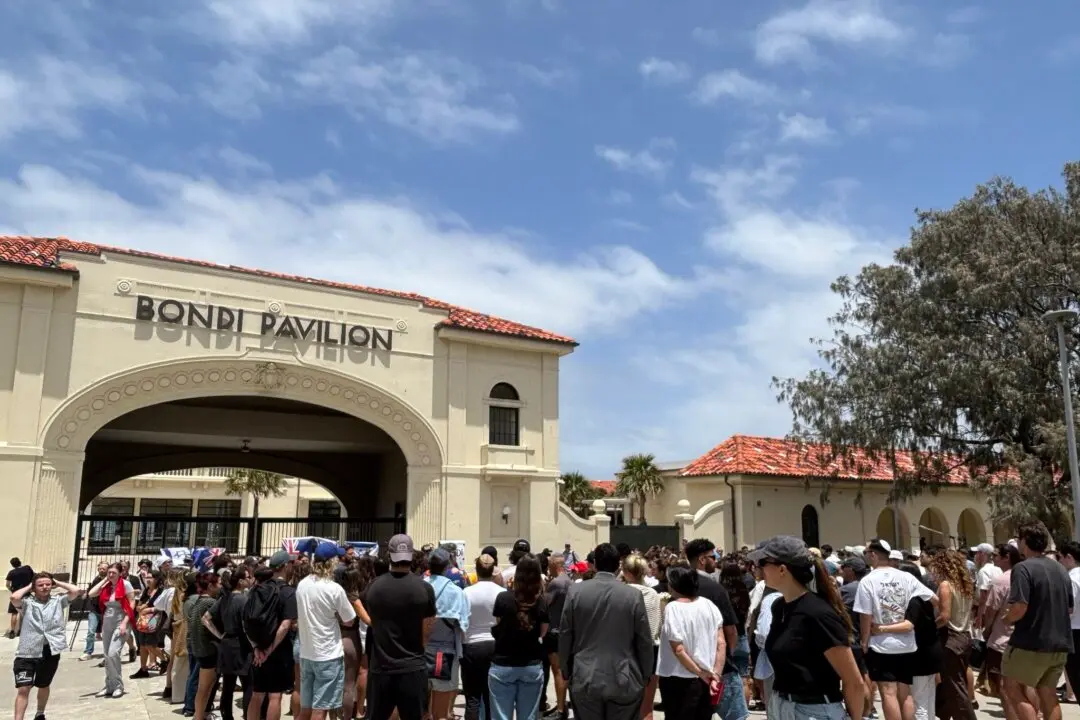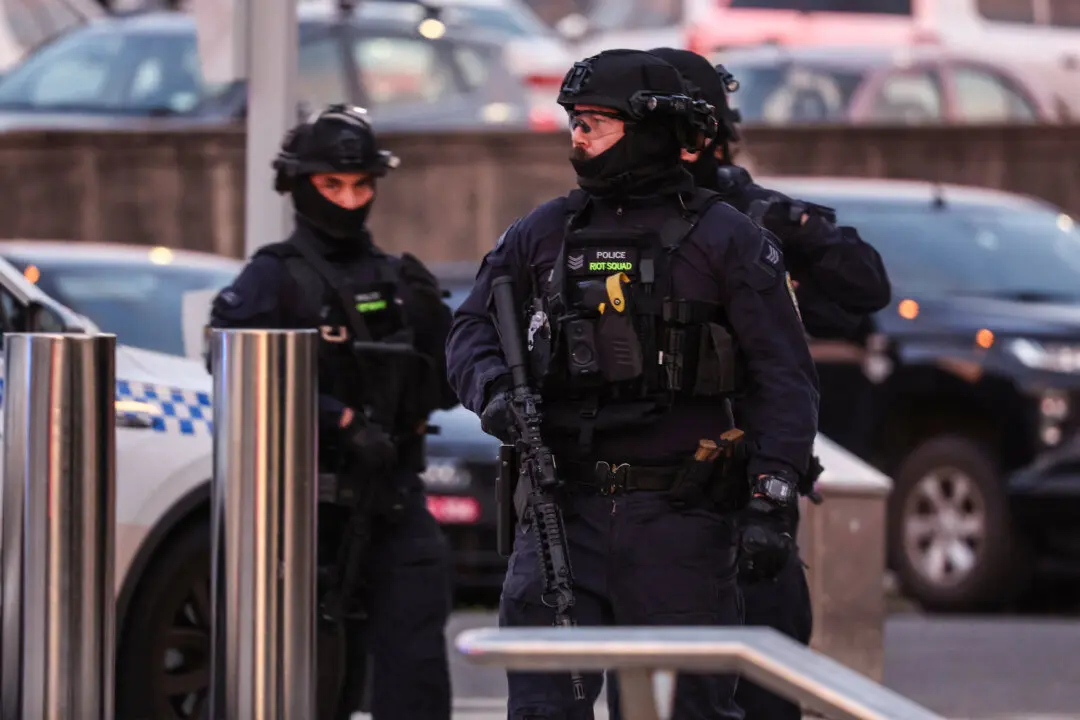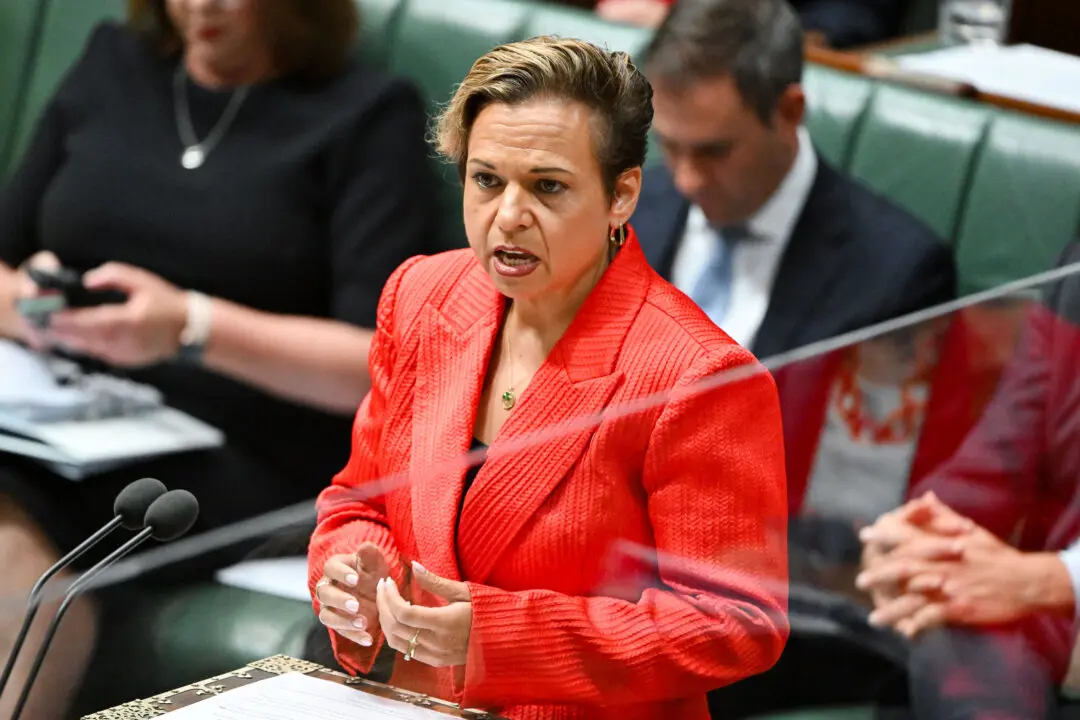A heatwave persists for large swathes of the nation with a cool change not expected to bring relief until later in the week.
Severe to locally extreme heatwave conditions extend through northern parts of South Australia, much of southwest Queensland and into northern and eastern New South Wales (NSW).
